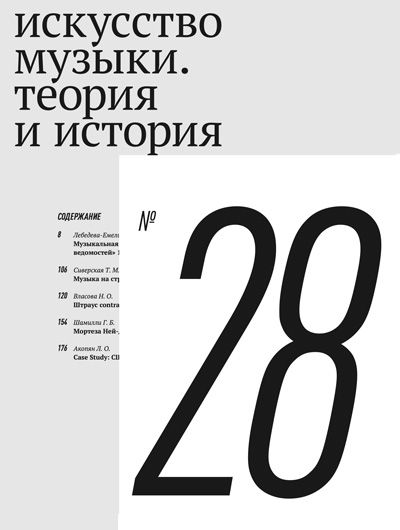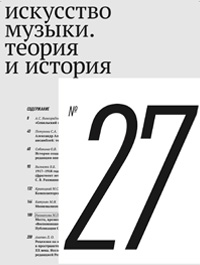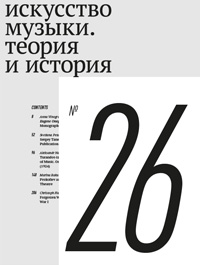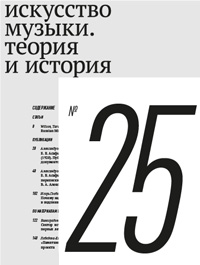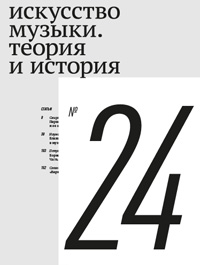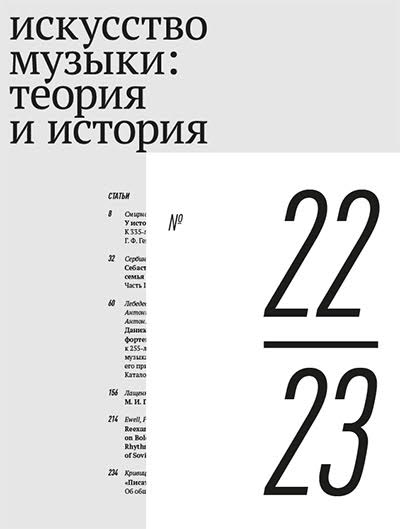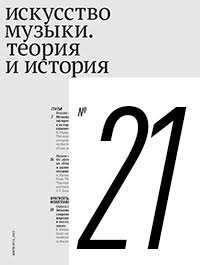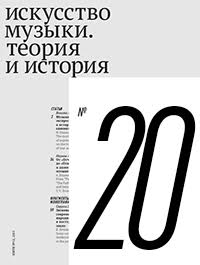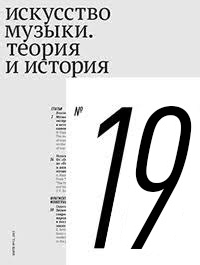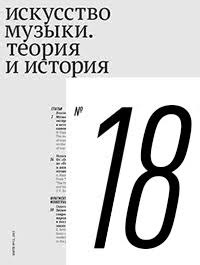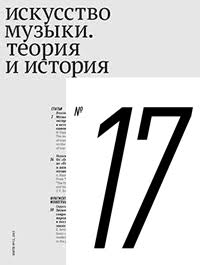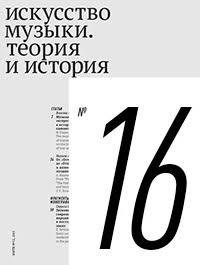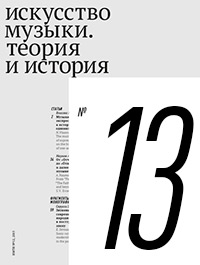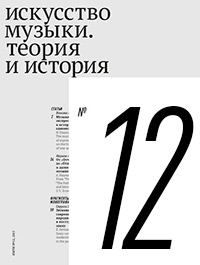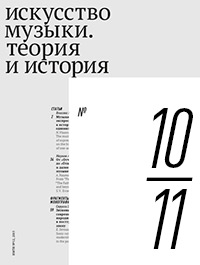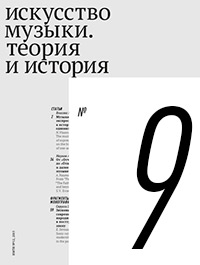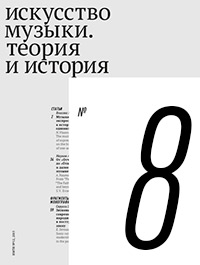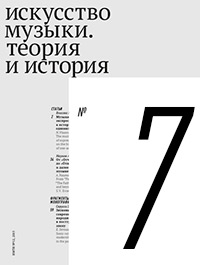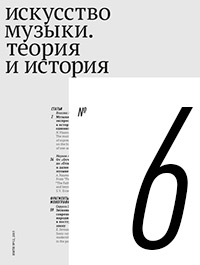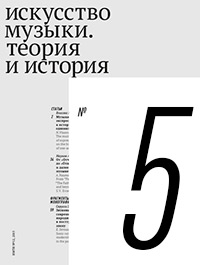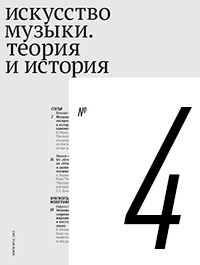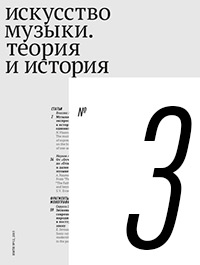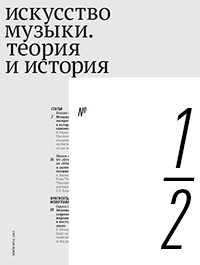2017 ¹ 17
The present issue opens with Antonina Lebedeva-Emelina’s article exploring myths and facts in the biographies of the Russian 18th century composers, especially Maksim Berezovsky and Dmitriy Bortnyansky. The article’s main text is supplemented with the chronographs of both composers’ lives, helping to clarify our notions about their personal and creative evolution. Svetlana Lashchenko’s article is dedicated to Aleksey L’vov’s virtually forgotten first opera Bianca and Gualtiero, to its stylistic peculiarities and the history of its staging. The principal ‘hero’ of Mariya Svetlakova’s article is an unusual musical instrument — the ‘orchestrina’ of the same type as that owned by the Tchaikovsky family at Votkinsk where the future composer spent his childhood. Svetlana Petukhova’s contribution deals with the so-called Rakhmaninov harmony and its history in the works of Rakhmaninov’s predecessors. According to the established tradition, this issue contains a text in foreign language: the article of the British scholar Michelle Assay on Shostakovich’s music to Nikolay Akimov’s production of Hamlet (1932). The issue contains also the next portion of the Annotated Catalogue of the articles on music in the press of the Russian diaspora of the first half of the 1920s, compiled by Lyudmila Korabel’nikova, as well as the information about two recent publications that appeared in St Petersburg.
The article deals with the biographics of major Russian composers of the era of Catherine the Great, whose life stories have been cluttered with riddles, ambiguities, and inaccuracies. The elements of mythologization in their biographies are revealed. Especially noteworthy in this respect is the biography of Maksim Berezovsky. The most controversial moments of writings dealing with his life are analyzed, arguments pro et contra some theses found in scholarly literature are discussed. The importance of context for understanding a biographical text is emphasized.
Two tables are proposed, dedicated to life and work of two greatest composers of that epoch, Berezovsky and Dmitriy Bortnyansky. The data in both tables are distributed among three columns: 1) information from documents and autograph manuscripts (high level of reliability); 2) information from the testimonies of contemporaries and close descendants (medium level of reliability); 3) information from fi tion and scholarly writings lacking a documentary confirmation (low level of reliability).
This article is the fi contemporary study specially dealing with Aleksey L’vov’s fi opera Bianca e Gualtiero and its fate. The history of its success in Europe and the reasons of its failure in Russia are analyzed.
The article describes the history of Tchaikovsky’s ‘orchestrion’ purchased by the P.I. Tchaikovsky Museum-Estate in Votkinsk. Disproving the instrument’s involvement in the composer’s childhood, the present study has at the same time discovered many interesting facts concerning the origin of the instrument and its appearance in the exposition.
The article is dedicated to the ‘Rakhmaninov chord’ — the only element of Rakhmani-nov’s harmonic language that has acquired the status of his ‘personal’ chord. The chord’s scholarly interpretations and contradictions between them are discussed; a special attention is paid to the chord’s origins and to the reasons why it has occupied so important place in Rakhmaninov’s oeuvre.
Shostakovich’s incidental music to Nikolay Akimov’s notorious Hamlet staged at the Vakhtangov Theatre, Moscow, in 1932, is analyzed in detail with due attention to its often contradictory relations with the director’s ideas which, judging from archival documents, for different reasons could not be realized to the full extent. Obviously, Akimov had no intention of turning Hamlet into a comedy or farce, though his staging was perceived (and is still described in special literature) as a parody of Shakespeare’s tragedy rather than as ‘a creative interpretation of Hamlet using methods and devices of our theatre, taking into consideration the concrete situation of Shakespeare’s era’, as Akimov himself put it. Shostakovich’s music, on the contrary, was largely perceived as the most ‘Shakespearian’ aspect of the whole enterprise. By composing a self-contained score for Hamlet, Shostakovich stuck to his earlier manifesto (published 1931) of not submitting to the instructions of theatre directors. Could we perhaps go further and say that in avoiding compromises and following his inner light, Shostakovich composed music that was simply too good for the production, and hence inadvertently exposed its shortcomings? The only way to test this hypothesis would be a reconstruction of the entire production — a project which faces almost insuperable difficulties.
The present publication of the catalogue of materials from the Russian-language Belgrade newspaper Novoe vremya (‘New Time’) of 1922 opens the project ‘Writing on Music in Russian Diaspora: an
Annotated Catalogue of Articles Published by Russian-Language Press Abroad’.

